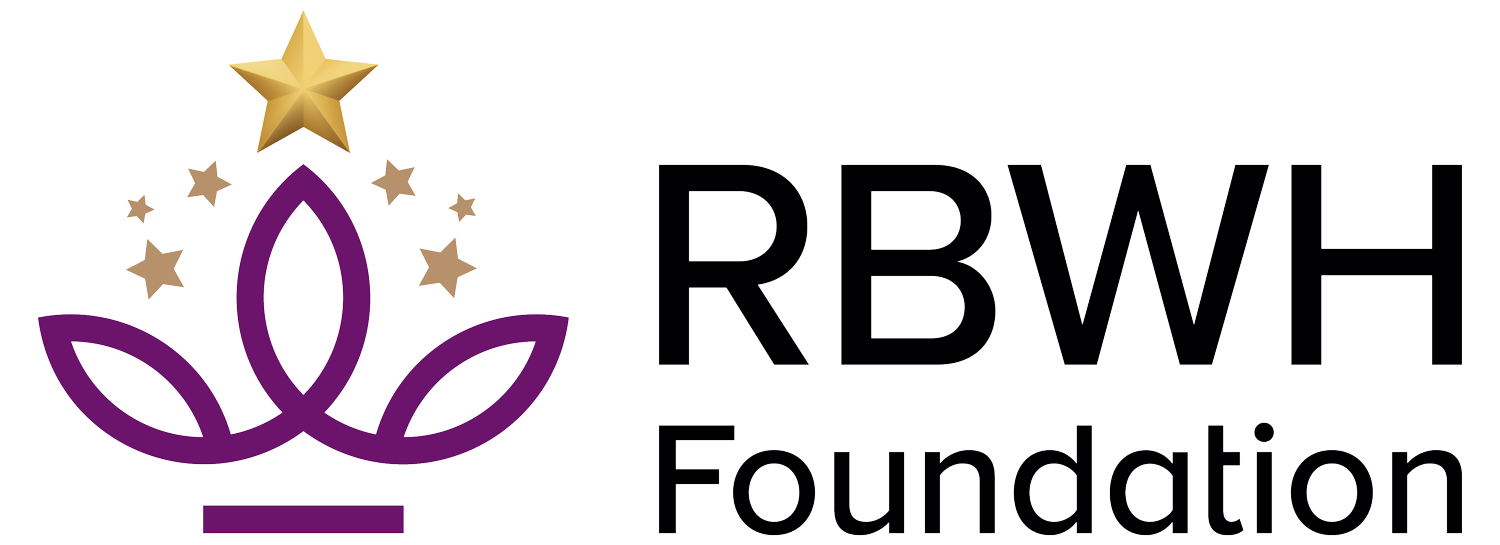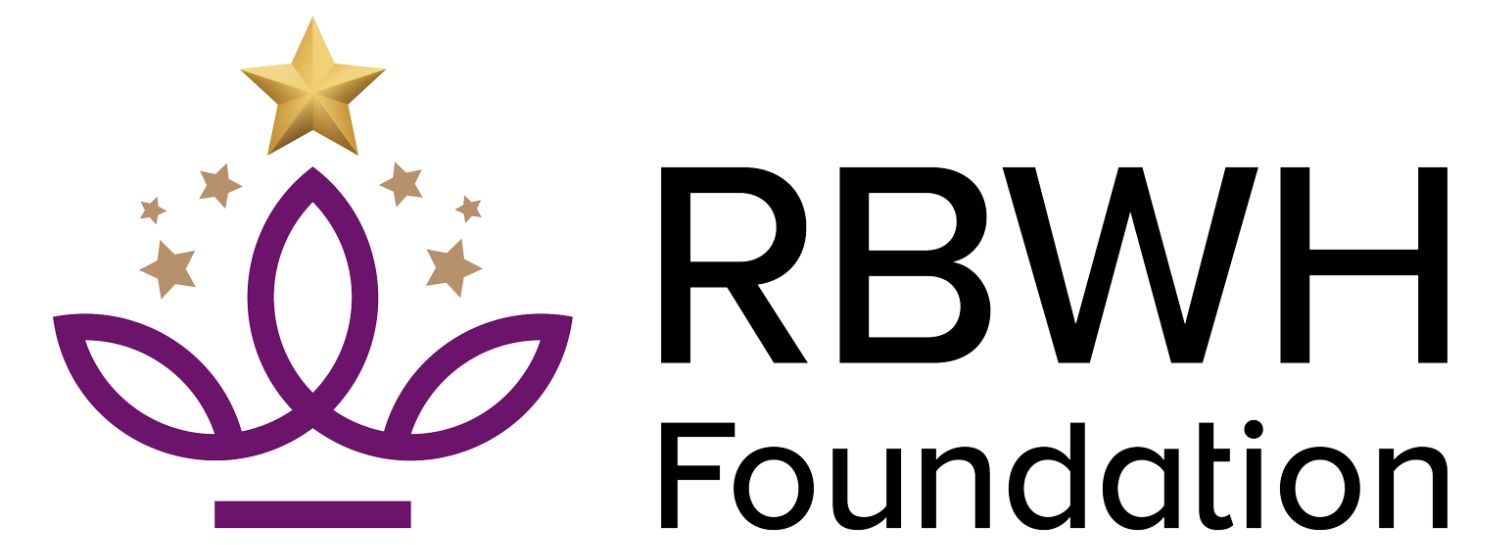Projects
A Retrospective Audit of Occupational Therapy Splinting of Radial Forearm Flap Donor Sites in Patients with Head and Neck Cancer
2022 Extraordinary Opportunities Grant
Share this project
Project description
This project developed a new occupational therapy protocol for patients who had radial forearm flap (RFF) surgery, used to reconstruct head and neck areas after cancer surgery. It focused on the impact of forearm splinting on healing and patient recovery, involving 52 patients' feedback and a retrospective chart review.
Why this work is needed
Patients with head and neck cancer often require complex surgeries, which can leave them with significant physical and psychological challenges. After surgery, they not only have to recover from the main operation but also have to deal with a forearm wound from the tissue used in reconstruction. This wound can affect their arm function and overall quality of life. Current practices often include splinting the forearm to aid healing, but there is limited evidence on its effectiveness. This project aimed to evaluate whether splinting helps in recovery and to understand patients' experiences better. By doing so, it sought to develop an evidence-based, patient-centred approach to occupational therapy, ensuring that patients receive the most effective and compassionate care tailored to their needs.
Outcomes
The study found that splinting did not significantly impact the healing of the forearm wound. Only 55% of patients were given splints, showing a move away from routine splinting. Both splinted and non-splinted patients had similar healing rates, with older patients taking longer to heal. Patients who received splints felt supported, but those without splints were less satisfied with the information on recovery. Many reported ongoing issues like stiffness and weakness six months after surgery. The new protocol suggests splints should be used selectively, with regular occupational therapy reviews and improved patient education on recovery and daily activities. This approach emphasises personalised care, better patient engagement and more effective rehabilitation strategies, ultimately enhancing patient satisfaction and outcomes. The project also highlights the need for future research and improved patient information materials to support recovery.
Meet the Researcher
Frances Thomsen
Occupational Therapist - Hands
RBWH Occupational Therapy
Frances Thomsen
Frances Thomsen is a senior Occupational Therapist (OT) and Accredited Hand Therapist (as awarded by the Australian Hand Therapy Association). She works within the RBWH Hand Therapy service, treating a wide variety of hand and upper limb conditions and injuries.




